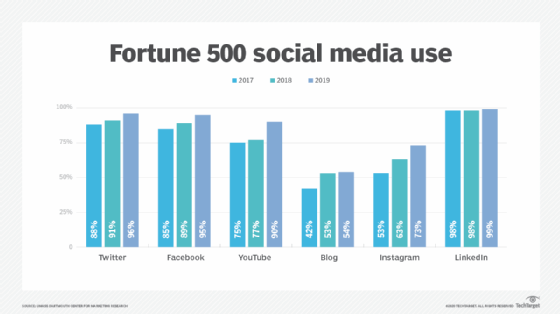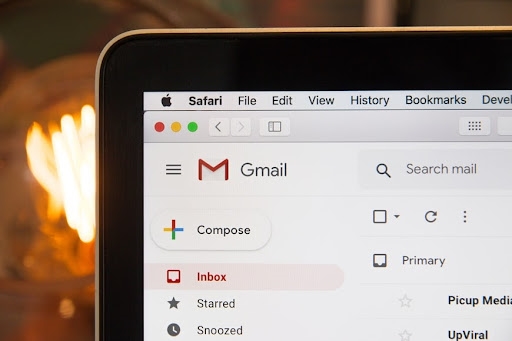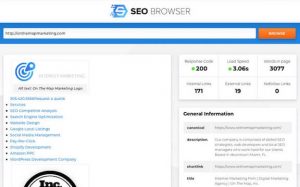As a recruiter, you already multi-task between sourcing candidates, screening resumes, scheduling discovery calls, and progressing candidates in the hiring pipeline.
This means you’re constantly updating your candidates, collaborating with recruiters and hiring managers, scheduling interviews, following up with prospects, and more.
Recruitment automation can help you speed up your hiring process and give you the time to focus on what matters more; building and nurturing relationships.
Imagine this. You’re a small recruitment agency owner who has recently signed up for a high-volume recruitment project. This project would essentially include your hiring managers and recruiters sending bulk emails, sourcing several hundred candidates, performing skill-assessment tests, and other tasks.
With the help of automation, you could reduce your busy work that takes up your team’s time, like sharing job postings across boards, sharing content on social platforms, uploading files, scheduling interviews, and managing assessment reports.
Recruitment Automation: Who needs to integrate this strategy?
78% of recruiters that use an applicant tracking system (ATS) said that recruitment technology has made it easier to find good talent than ever before. Moreover, 75% of recruiters say that technology will play a key role in their recruitment process this year.
In the context of this, it’s no surprise that even small recruitment firms are adopting technology, specifically automation, to streamline their hiring processes and bring more speed.
Whether you’re a solo recruiter just starting out with a handful of clients, or an established staffing agency working globally, you need to set a system in place that allows you to focus on your primary goal – placing qualified candidates successfully and getting more high paying clients.
You should adopt recruitment automation if:
- You want to scale your recruitment agency,
- You want to save costs on recruiters,
- You want to reduce manual errors and boost efficiency,
- You want to bring more speed and agility to your hiring process,
- You want to offer an excellent user experience to both candidates and clients.
Benefits Of Recruitment Automation
Recruitment is a lengthy process and not a run-off-the-mill checklist. It requires various stakeholders, different processes, activities, and metrics. There are a lot of dependencies in recruiting.
Data reveals that 54% of candidates don’t receive any communication in the first two to three months of applying. This impacts your relationship with candidates and could cost you, top applicants.
Similarly, there may be a lot of open job positions in some projects, but you may be closing in on your project deadline. This is the time when you need to speed your hiring activities without compromising other client projects.
One of the key advantages of automating your hiring process is that there’s less need to rely on mundane, time-consuming manual tasks. On that note, let’s take a look at the most common and important benefits of recruitment automation.
Improved Consistency And Quality Of Hire
With automated tools using predictive algorithms and machine learning, you can maintain consistent quality hires without any hiring biases. These tools can help you screen, assess, and rank candidates based on their skills, experience, and performance to ensure that your hiring process is entirely objective.
A recent study found that only 10% of African-American candidates got callbacks when including details about their ethnic identity on their resumes.
Automation technology helps establish more consistent hiring decisions, as it eliminates any hiring biases or variables that are not based on a candidate’s characteristics predictive for job performance.
Increased Productivity
Automation is synonymous with productivity if done correctly. In recruitment, there are various processes that are manual and time-consuming. Using an automated tool helps streamline the hiring process and allows for all teams and systems to work together, instead of working in silos.
For example, a tool that offers calendar integration can help you schedule and manage all your meetings and interviews. Another example is automated email sync which means all your emails can be synced, stored, and managed from your automated recruitment tool. Some tools also allow candidates to schedule interviews themselves.
Enhanced Candidate Experience
Automation in recruitment works both ways – for recruiters and candidates. By automating certain tasks in the hiring process, candidates can be automatically updated about their interview status, screening reports, selection/rejection criteria, feedback, and more.
This allows a faster response time and candidates don’t need to wait for a long time for hiring updates from recruiters.
Reduced Time To Hire
Time to hire is a key metric that recruitment agencies and hiring managers often track to measure their performance. By automating your recruiting process, you can reduce your overall time to hire and focus on scaling your staffing agency.
5 Ways to Implement Recruitment Automation in your Hiring Workflow
First things first. Recruitment automation software empowers recruiters to do their job better, faster, and more efficiently. It doesn’t replace recruiters since hiring is a personalized journey. While an automated tool might take your busy work, you need to have a system in place that allows you to build and nurture relationships.
Here are five ways to implement automation in your recruiting pipeline:
1. Automate candidate sourcing
Recruiters spend an average of 13 hours per week to source candidates for one position. That’s equivalent to spending two full working days just to source candidates. When you integrate an automated tool into your recruiting pipeline, you can create structured job descriptions, adverts, and use email templates quickly.
Data reveals that 98% of recruiters use LinkedIn to post jobs and source candidates. So, there’s a big chance that your top candidates might be on social media sites like LinkedIn, Facebook, and Twitter. Use an automation tool that supports integrations with these popular platforms and allows you to source candidates directly from social media.

Some modern recruitment CRM tools also provide a chrome extension that automatically pulls out data from LinkedIn and feeds it directly to your recruitment dashboard. When you run campaigns or create job descriptions, you can easily draw up lists of qualified candidates and filter out those who do not meet the criteria. Additionally, you can even post job ads on multiple platforms like Indeed, and others.
2. Pre-screen candidates
A pre-screening candidate is a crucial part of the hiring process. Using automation, you can rank and grade candidates based on certain criteria and pre-qualify those who fit the job description best.
You can integrate recruitment CRM tools with third-party systems for skill assessment and resume parsing. These tools can contextually evaluate candidates based on their experience, skills, and characteristics in their resumes and other information that they provide. This helps recruiters automatically identify qualified candidates without putting in the manual effort and time.

If you’re looking for an advanced automation tech stack, you may want to use built-in chatbots, virtual recruitment assistants. Typically, a built-in chatbot on your website can gather basic information about candidates, determine if they’re fit for a specific role, and add them in your hiring dashboard automatically – so you can connect with potential clients and focus on scaling your recruitment agency.
3. Send personalized updates to candidates
Candidate sourcing and screening are only the beginning steps in a hiring process. You need to constantly maintain your relationships with candidates. Recruitment software can track the progress of your candidates’ applications, interviews, assessments, and automatically send updates about them.
More sophisticated recruitment CRM tools allow recruiters to integrate and sync their Gmail and Office 265 applications into their dashboards. This helps to hire managers and recruiters to engage candidates through email automation.

Automated email notifications help candidates throughout the process, ensuring they stay updated with their hiring journey and don’t lose interest in the position. In a nutshell, you can send automated reminders and keep your candidate up-to-date with the next steps in their hiring process.
4. Automate interview scheduling
Automation makes interview scheduling easier than ever. It allows candidates to schedule interviews by themselves. For instance, recruiters can offer candidates available time slots and have candidates book time on their calendars.
The best-automated video interview tools take a more holistic approach to interview scheduling. They offer conversational AI that can replace complex interview touchpoints like SMS, WhatsApp, emails, and more. They help streamline the entire interviewing process.
The best thing is that these interview scheduling tools can be integrated into your ATS and recruitment CRM, so it gives you more visibility into your hiring process. Plus, you can manage everything within one dashboard, which is a big time-saver.
5. Sales Acquisition
Creating a great user experience for your clients is paramount in recruitment. Time is truly a critical factor that clients consider when choosing to work with a recruitment agency.
When you use automation in your recruitment process, you can leave the busywork like identifying incomplete records, manual data entry, copying information, sending emails, updating clients to the recruitment CRM tool. This allows staffing agencies to focus more on nurturing client relationships; while sending real-time updates with a recruitment CRM tool.

You can then use this as a value proposition for your staffing agency. Having a recruitment marketing plan for your staffing agency will help you amplify your reach and generate more sales.
Choosing The Right Recruitment Automation Tool For Your Staffing Agency
When you select an automation tool for your recruitment process, it’s important to identify your needs. Be as specific as possible. There are plenty of recruitment automation tools out there and it can be tough to pick the right one that best matches your requirements. When you nail down your needs to the ground, you can look for tools with specific features.
Do you want to reduce the time to hire by sending automated emails to candidates?
Do you want to nurture your relationships with clients by sending automated reports?
Do you want to use a single dashboard for all your projects?
What’s the user access control for clients and recruiters on your team?
By answering these questions, you can highlight your top priorities and start looking for the right tool. Once you have your requirements in place, you can look for the best recruitment management software or recruitment CRM that matches your needs and budget.
One of the leading recruitment CRM tools is Recruiterflow. It offers advanced features like complete email sync, automated email campaigns, candidate sourcing, visual reports, and more. You can book a free demo of the tool to check out how the platform works and if it’s the right fit for you.
Business & Finance Articles on Business 2 Community
(42)






